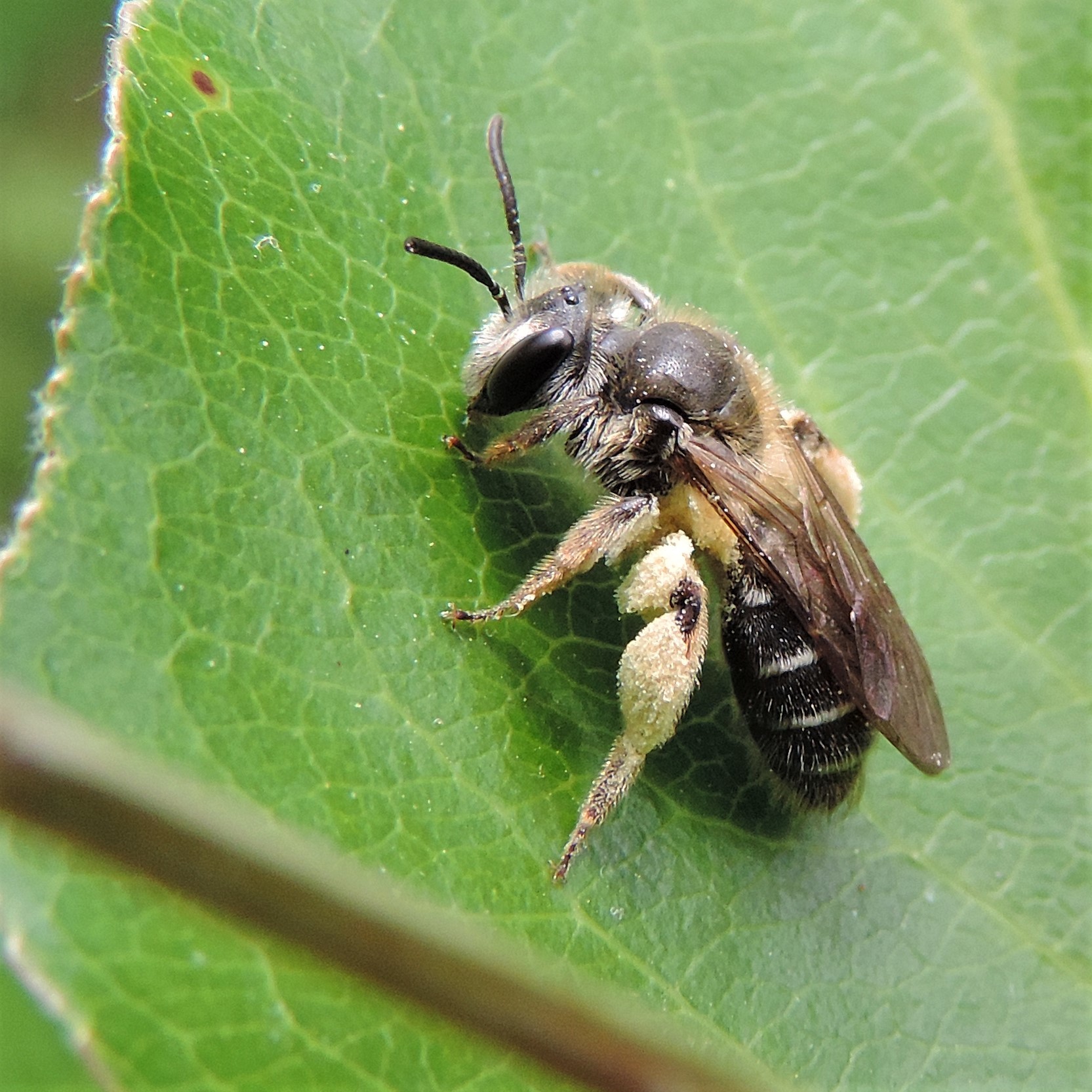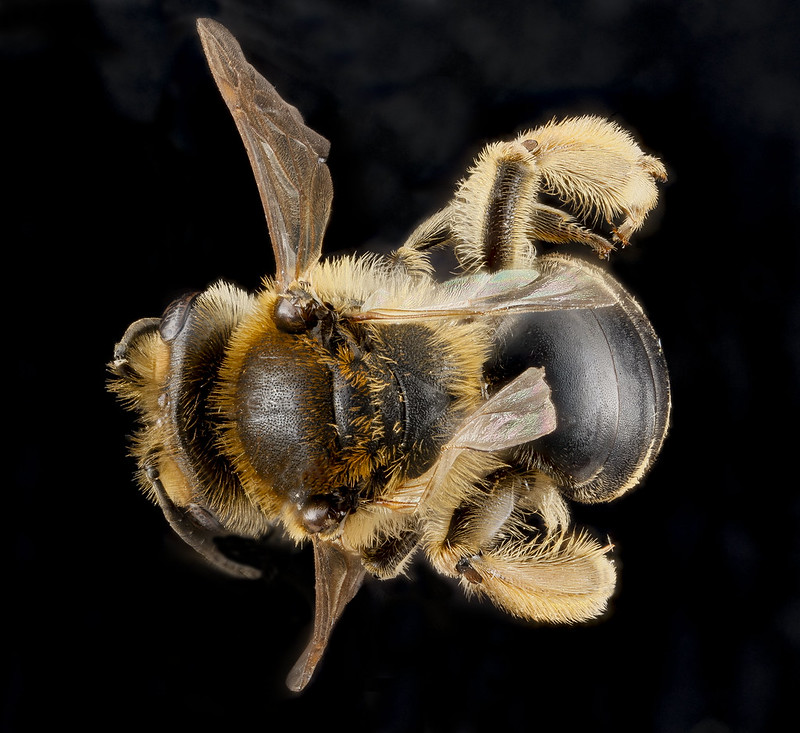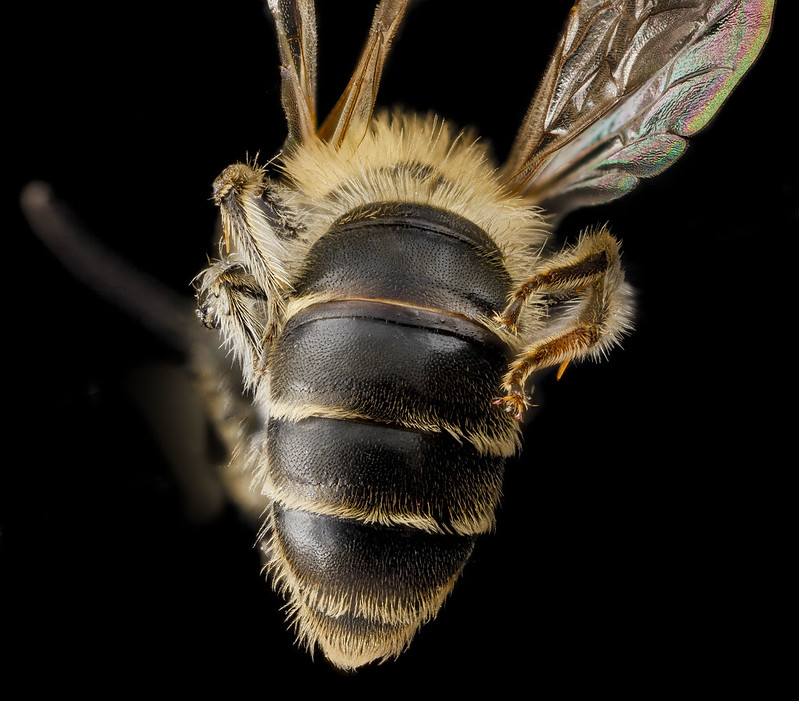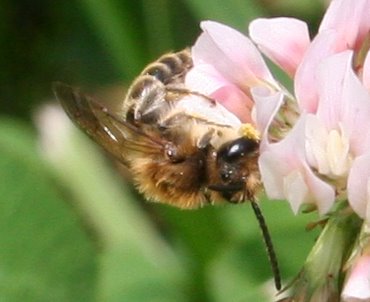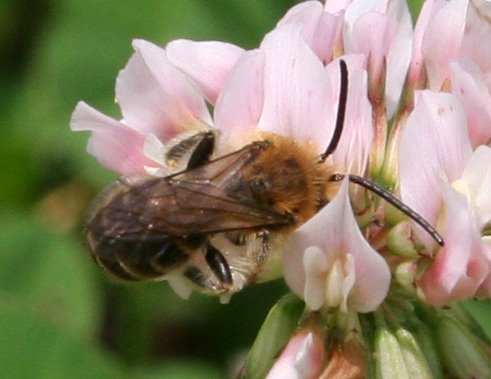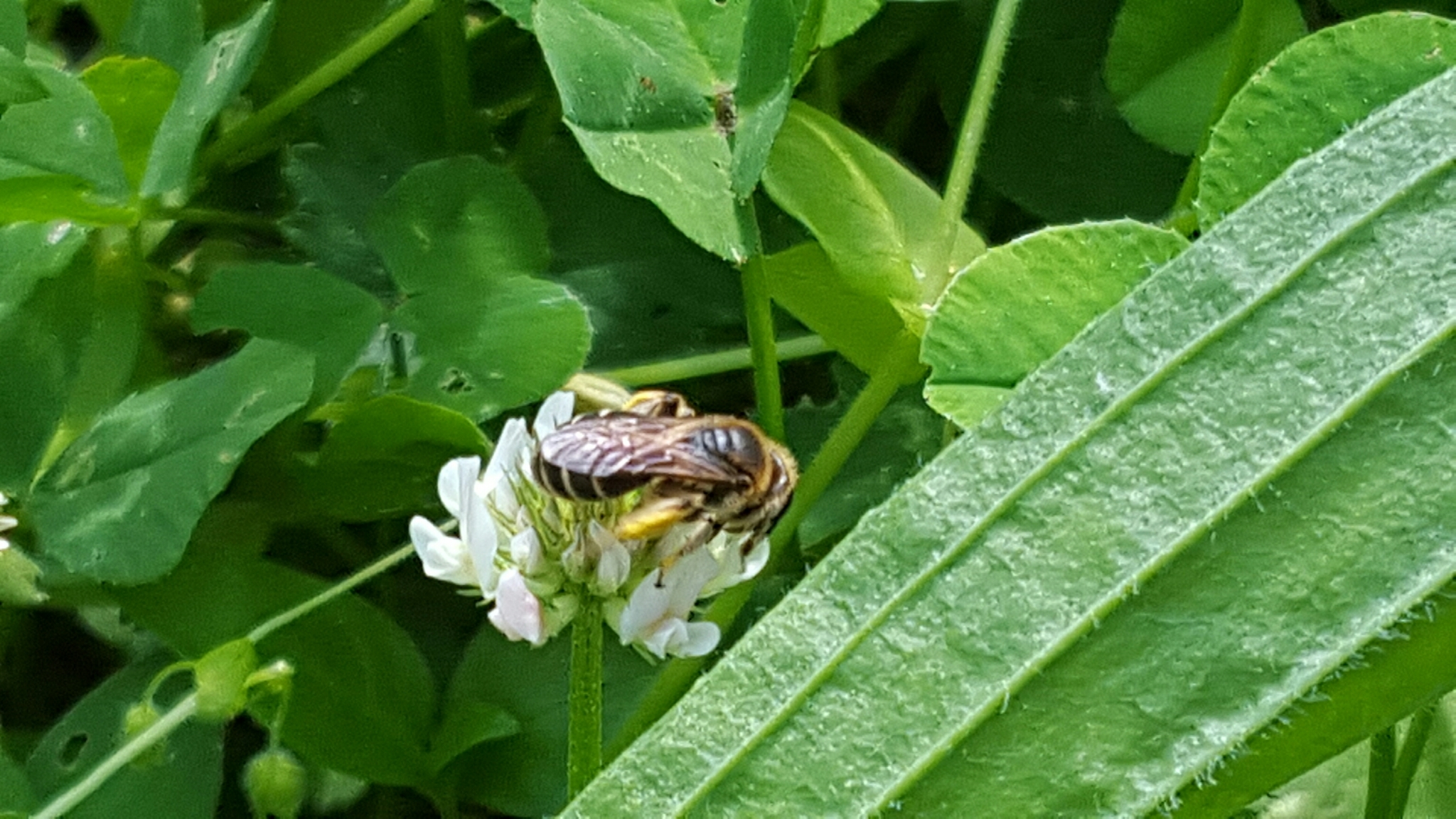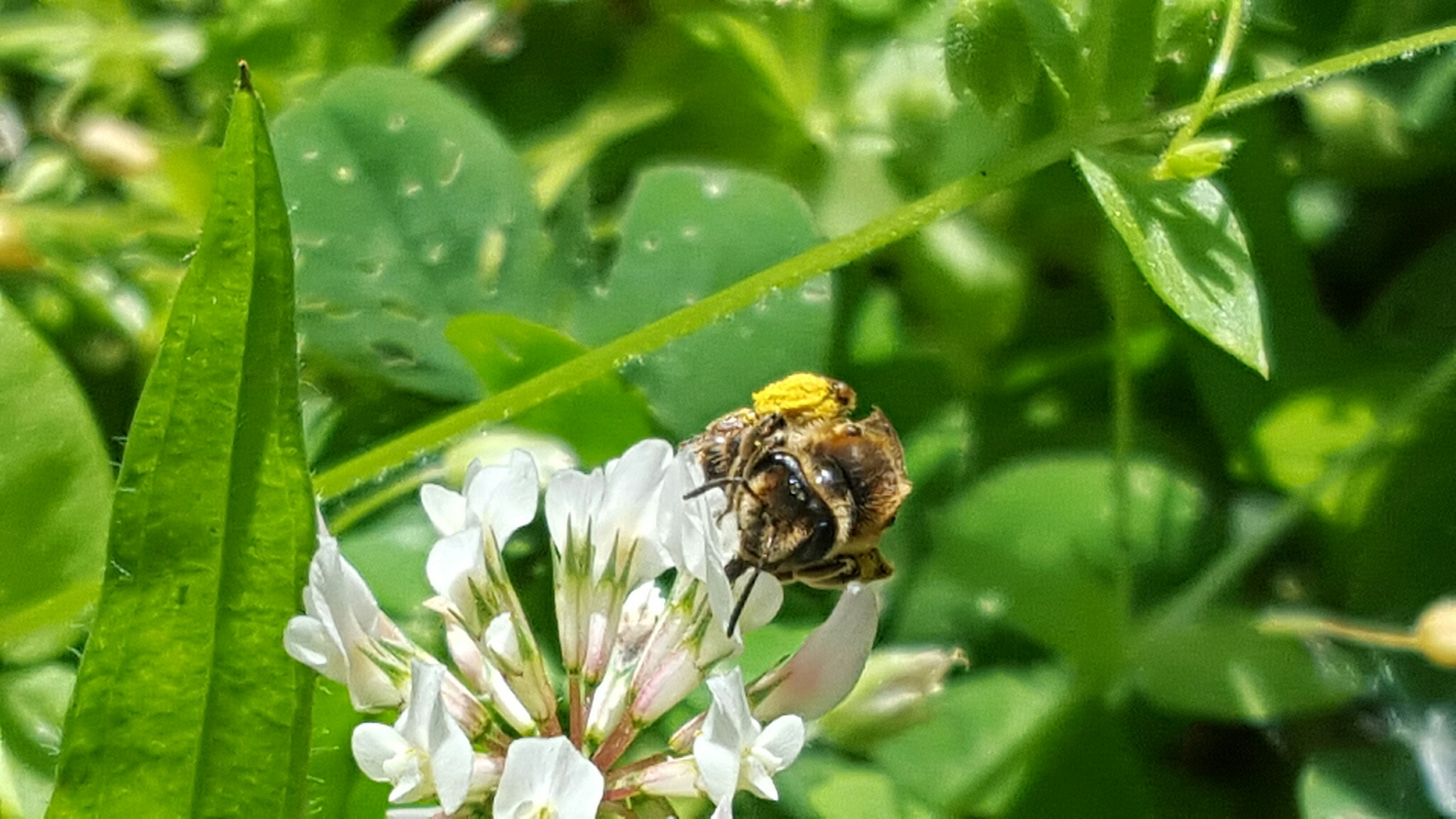Map Snapshot















37 Records
Seasonality Snapshot
Use of media featured on Maryland Biodiversity Project is only permitted with express permission of the photographer.
Andrena wilkella in Carroll Co., Maryland (5/20/2020). (c) Emilio Concari, some rights reserved (CC BY-NC).
View Record Details
Media by
Emilio Concari.
A female Andrena wilkella (8/10/2012).
Media by
USGS PWRC.
A female Andrena wilkella (8/10/2012).
Media by
USGS PWRC.
A male Andrena wilkella in Baltimore City, Maryland (5/29/2009). Determined by John S. Ascher/BugGuide.
View Record Details
Media by
Thomas Wilson.
A male Andrena wilkella in Baltimore City, Maryland (5/29/2009). Determined by John S. Ascher/BugGuide.
View Record Details
Media by
Thomas Wilson.
A male Andrena wilkella in Baltimore City, Maryland (5/29/2009). Determined by John S. Ascher/BugGuide.
View Record Details
Media by
Thomas Wilson.
Andrena wilkella in Prince George's Co., Maryland (6/1/2020). (c) Carla Morris, some rights reserved (CC BY-NC).
View Record Details
Media by
Carla Morris via iNaturalist.
Andrena wilkella in Prince George's Co., Maryland (6/1/2020). (c) Carla Morris, some rights reserved (CC BY-NC).
View Record Details
Media by
Carla Morris via iNaturalist.
Andrena wilkella in Prince George's Co., Maryland (6/1/2020). (c) Carla Morris, some rights reserved (CC BY-NC).
View Record Details
Media by
Carla Morris via iNaturalist.
Source: Wikipedia
| Andrena wilkella | |
|---|---|

| |
| Scientific classification | |
| Domain: | Eukaryota |
| Kingdom: | Animalia |
| Phylum: | Arthropoda |
| Class: | Insecta |
| Order: | Hymenoptera |
| Family: | Andrenidae |
| Genus: | Andrena |
| Species: | A. wilkella
|
| Binomial name | |
| Andrena wilkella (Kirby, 1802)
| |
Andrena wilkella, also known as Wilke's mining bee,[1] is a species of miner bee in the family Andrenidae. Its original distribution is Europe. It has been accidentally introduced to North America long ago, possibly with ship ballast.[2] It is active between April and August.[2] Andrena wilkella has been recorded to nest both singly[3] and in aggregations.[4] Andrena wilkella preferentially collects pollen from Fabaceae[2] including clover and sweet clover.[5]
The body length of the female is 10–12 mm, and the male is 9–11 mm.[5]

References
[edit]- ^ "Floral and faunal research on utility rights-of-way at State Game Lands 33 and Green Lane Research and Demonstration Area" (PDF). Penn State. 2018. Retrieved December 23, 2021.
- ^ a b c Mitchell, T.B. (1960). "Bees of the Eastern United States". North Carolina Agricultural Experiment Station Technical Bulletin (141): 1–538.
- ^ V.H., Chambers (1949). "The Hymenoptera Aculeata of Bedfordshire". Transactions of the Society for British Entomology. 9: 197–252.
- ^ Perkins, Robert Cyril Layton (1919). "The British species of Andrena and Nomada". Transactions of the Entomological Society of London. 67: 218–320. doi:10.1111/j.1365-2311.1919.tb00007.x.
- ^ a b LaBerge, Wallace E. (1989). "A Revision of the Bees of the Genus Andrena of the Western Hemisphere. Part XIII. Subgenera Simandrena and Taeniandrena". Transactions of the American Entomological Society. 115 (1): 1–56. JSTOR 25078446. Retrieved December 23, 2021.
Further reading
[edit]- Ascher, J.S.; Pickering, J. (2019). "Discover Life bee species guide and world checklist (Hymenoptera: Apoidea: Anthophila)". Retrieved 2019-07-02.
- Michener, Charles D. (2007). The Bees of the World. Johns Hopkins University Press. ISBN 978-0801885730.
External links
[edit] Media related to Andrena wilkella at Wikimedia Commons
Media related to Andrena wilkella at Wikimedia Commons
